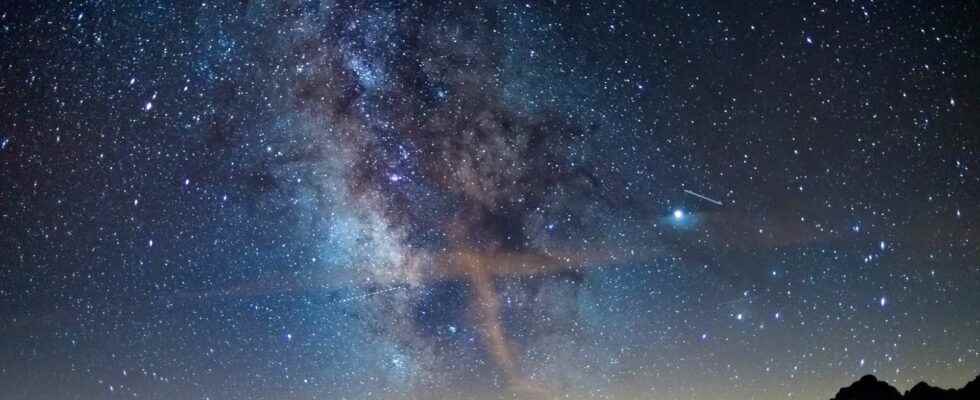Summer is particularly good for stargazing. Cool nights and open skies offer an opportunity to seize to take out your most beautiful telescope and scan the stars. But depending on the target object, the telescope or telescope to choose will not be the same.
Observing the night sky is one of the most beautiful landscapes one can see. And under the eye of the appropriate telescope, it takes on a completely different value: Moon, planets, or even galaxies and nebulae are revealed. This summer in particular, Jupiter and Saturn will be particularly visible. But be careful with the choice, because the equipment used may be appropriate for observing planets, but not at all for deep sky objects, which are much less luminous. Whether it’s a glasses or a telescopethe purpose of an astronomical instrument is the same: to collect a large quantity of light, then to focus it and thus reveal objects invisible to the naked eye.
But the difference lies in the way of creating the image: the telescope uses refraction, while the telescope is based on reflection. The telescope thus consists of a system of lenses: the idea is to make the image converge at the level of a focal point thanks to one or more lenses placed at the front of the telescope, then to magnify it for the observer thanks to an eyepiece.
The telescope works with mirrors, like the James-Webb space telescope! It consists first of all of a curved mirror, called primary mirror, placed “at the bottom” of the telescope? It will collect then reflect and bend the light in order to focus it on a secondary mirror, which will reflect the light received towards an eyepiece, then towards the observer.
Deep sky or planets: not the same telescope
In general, the larger the diameter, the more the quantity of light which can enter increases, therefore the more one can observe very faint objects. For the same diameter, the telescope provides a better quality image. On the other hand, it has a size limit, so to observe the objects of the deep sky, it is the telescope which is the most designated. It also costs less than a bezel, for a sufficiently large diameter: from 100 mm, it becomes more economical. It remains to know which telescope to use?
Because there are several types, even if the newton’s telescope remains the most common. The Cassegrain telescope, for example, is also a good option. More compact and easy to handle than that of Newton, its cost is however higher for an equal opening. Be careful, whatever type of telescope you choose, it will be sensitive to atmospheric conditions and will require regular adjustments and constant care. In particular for deep sky observation: nebulae, galaxies, or even star clusters require a minimum diameter (or opening) of 200 mm. Below, the chosen astronomical instrument will be more dedicated to observation planets of the solar system or of the moon.
Interested in what you just read?
